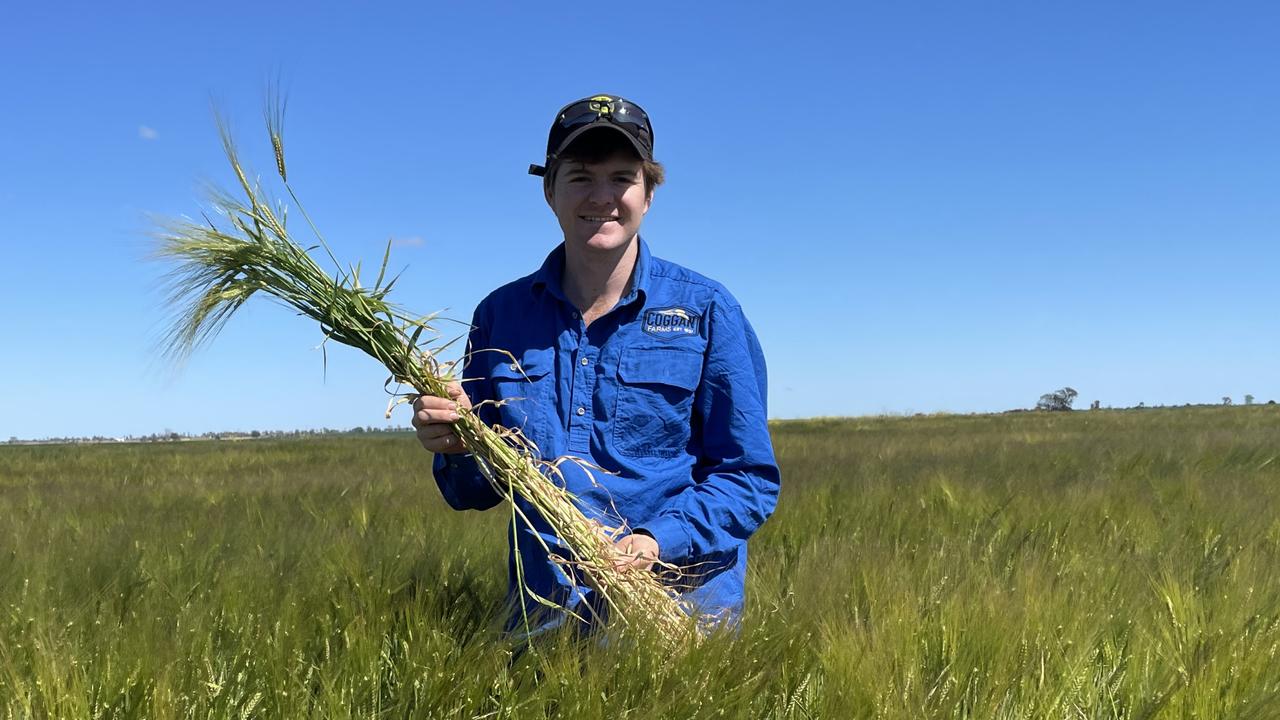Northern Australia could be a cotton-growing powerhouse
West Australian cotton grower Luke McKay sees good prospects for large-scale cotton cultivation in northern Australia.

THERE is potential for cotton to be grown on a large scale in northern Australia but several obstacles — including infrastructure and risk mitigation — need to be overcome.
That’s according to West Australian farmer Luke McKay, who recently completed a Nuffield farming scholarship focusing on tropical cotton production systems.
Luke works as a farm manager for Kimberley Agricultural Investment north of Kununurra in Western Australia, which in 2012 was named as the preferred body to develop and farm Stage Two of the Ord River Irrigation Scheme.
KAI has put together about 27,000ha of land, spread across a number of properties, in the East Kimberley with the aim of developing a “fully integrated agricultural operation”.
The company’s initial focus was high-value grains such as chia, quinoa, maize, chickpeas and sorghum. Luke said while trials of Bollgard 3 cotton varieties in the Ord River since 2013 had shown promising results, the introduction of large-scale cotton production in the region had “raised plenty of questions” over the years.
He used that as the basis for his Nuffield scholarship, which saw him travel to the Netherlands, France, Singapore, the Philippines, Hong Kong, China, Germany, the UK, the US, Brazil and Zambia.
BACK TO BASICS
LUKE said he focused his research on setting up a farm to adapt to cotton, looking at issues such as double cropping, crop rotations, irrigation methods, staff and machinery requirements and resource and environmental management.
In 2018, KAI planted the first commercial wet-season cotton crop since the 1970s, and Luke said “the experience of managing this crop while conducting research around the world has slightly shifted my focus on what the key factors are fore cotton production in the north”.
“Northern Australia currently lacks production scale, ginning, processing and logistics infrastructure,” Luke said. “These factors are dependent on each other in the ‘horse-and-cart’ scenario that has been constant in northern development to date.
“Without infrastructure there is no production scale, without production there is no infrastructure and on it goes.”
Luke said he found that while cotton could be grown successfully in northern Australia, “differences between tropical and temperate environments and the implications for the crops, pests and diseases need to be considered”.
He said cotton in northern Australia had specific management considerations, and a well-defined understanding of major crop indicators, climatic influences and tools available for growers was needed “to manage evolving scenarios underpinning successful cotton production”. “The speed at which the crop develops and at which conditions change mean that managers need to be constantly assessing the crop and tweaking their management to suit the conditions,” he said.
WHITE WAY
LUKE said he discovered that in Brazil in particular there was no recipe for tropical cotton production, with varying climatic conditions.
“Most farmers and pastoralists in northern Australia will tell you no two wet seasons are the same, so it makes sense that a production plan will differ year to year,” he said.
“The north is isolated, short on infrastructure, resources and support. It requires integrated industries to manage the downturns from productions issues, marketing slumps and external influences beyond management control. Understanding the production risk and a manager’s role and ability to mitigate them are the foundations for the development of a cotton industry in northern Australia.”
But Luke said the region presented “unique opportunities and challenges”.
“Those opportunities will be realised, and challenges mitigated, if all stakeholders acknowledge the risks, develop and adhere to best-management practice and manage the variables within their control for the betterment of the entire industry,” he said.
In his scholarship report Luke recommended that continued research focus on providing growers with information to help them understand and mitigate commercial risk and Australian cotton industry’s best-management practice guidelines be reviewed to reflect the climate and production systems in northern Australia.
He said the pest and disease risk for the region also needed to be identified and rated.
“Northern Australia should be viewed and managed as one area, and not three separate states,” he said.
MORE STORIES
Cotton farming: Leeton farmer Peter Draper finds rice is nice but so too is cotton
Gap year: Rural science student chooses cotton farming over travelling



